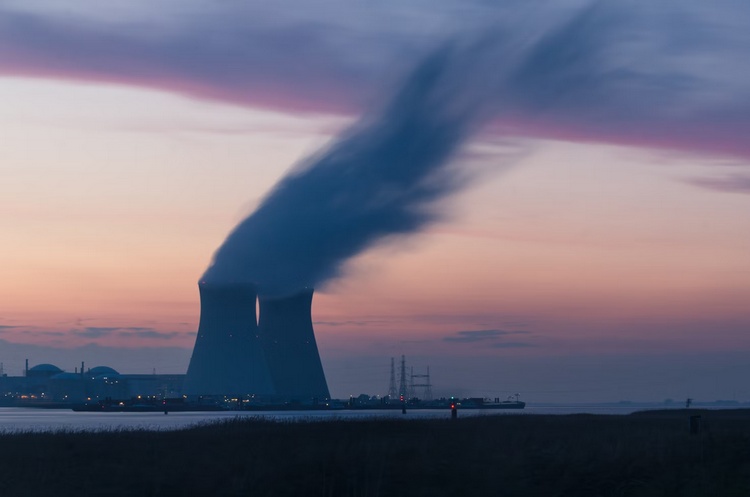April 2 NEC Energy News
¶ “Spent Nuclear Fuel Mismanagement Poses A Major Threat To The United States. Here’s How” • The dangers of nuclear reactor meltdowns are well known. But spent fuel can also overheat and burn in a storage pool if its coolant water is lost. If this happens, there is a potential for releasing large amounts of radioactive material into the air. [Bulletin of the Atomic Scientists]

¶ “UK Energy Production Hits Record Low – Biggest Drop Since 1948” • In 2023, UK energy production declined 9%, reaching its lowest level since records began in 1948. Government data show that production was down by 36% from 2010 and 66% from its peak in 1999. Oil production hit a record low, while production of gas hit its second lowest level. [Energy Live News]
¶ “Imminent Insect Demise Means Global Food Web Is On Verge Of Collapse” • Buried in the late Friday afternoon news cycle, the most recent annual assessment from the World Entomology Body on the health of insects indicates that loss of whole insect communities is imminent. This would have disastrous effects for the global food web. [CleanTechnica]
¶ “New Texas Fuel Cell Gigafactory Pours More Cold Water On Clean Power Foes” • In Texas, public officials have been pulling out all the stops to obstruct clean energy investment, but the hits just keep on coming. In the latest development, Ballard Power Systems is moving forward with plans to set up a 3-GW fuel cell factory in Rockwell. [CleanTechnica]

¶ “India Hydropower Output Records Steepest Fall In Nearly Four Decades” • India’s hydroelectricity output fell at the steepest pace in at least 38 years over the year ending March 31, a Reuters analysis of government data showed. Erratic rainfall and high demand forced further dependence on coal-fired power, a major water consumer. [The Globe and Mail]
¶ “Virginia Greenlights 764 MW Of Solar Sites” • The Virginia State Corporation Commission approved more than a dozen solar projects, with 764 MW of capacity. The projects will output enough energy to power nearly 200,000 homes at peak output. Four projects will belong to Dominion Energy Virginia, which will buy the output of and the others. [reNews]
For more news, please visit geoharvey – Daily News about Energy and Climate Change.
